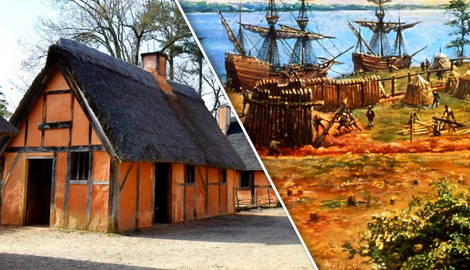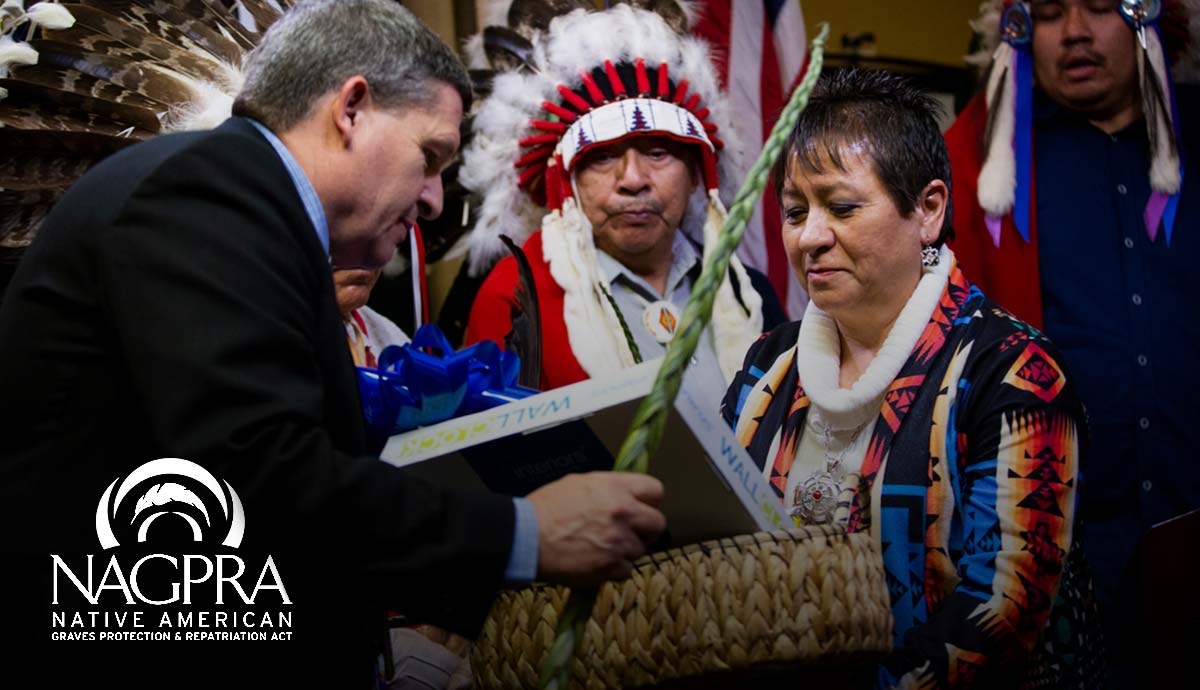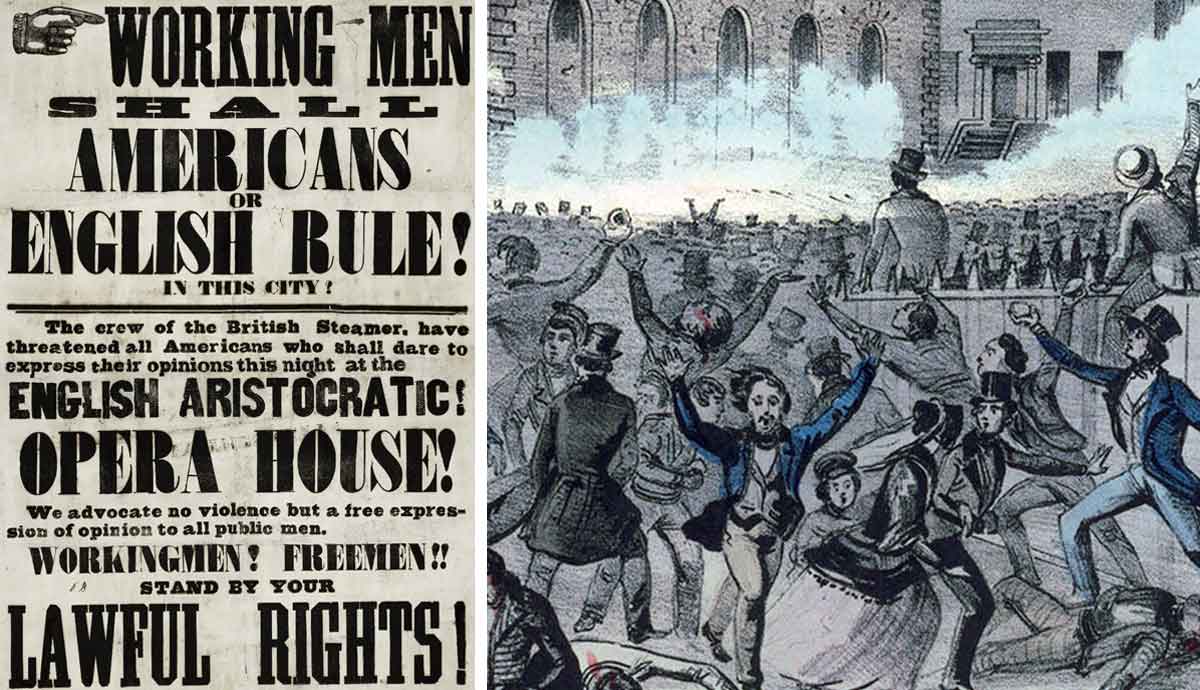
The English settlement of Jamestown was important for the future of European colonization in North America. The colonists suffered many challenges, particularly in their early years, and many perished, but eventually, the colony grew to thrive. Despite its success, the colony of Jamestown experienced a tumultuous relationship with its Indigenous neighbors. Jamestown is an excellent example of how early American colonies experienced failures, but also an illustration of how economic and political prosperity were possible despite these obstacles.
The First Permanent English Settlement in North America

In December 1606, 104 English men set sail from London on three ships: the Susan Constant, the Godspeed, and the Discovery. The ships first landed in British settlements in the West Indies, then arrived in Chesapeake Bay in late April 1607. When they arrived, the settlers opened orders from their sponsor, the Virginia Company. These orders had been sealed on the voyage in order to prevent any infighting or plotting on the voyage, as they listed who was to be in charge of the new colony’s government. The colony was led by a council that included the legendary military captain John Smith and was headed by Edward Maria Wingfield.
The settlers claimed the land in the name of their king, James the First, and began exploring the coast to find the best place to make their permanent settlement, the first for the English in the New World. “James Cittie,” later called Jamestown, was established on May 13, 1607, fifty miles up the newly named James River. This area was chosen as it was near water (surrounded by three sides, actually) for survival and transportation but suitable for defense if necessary. The enemy that the settlers were most concerned about was the Spanish, who held settlements to the south.

The new settlement was created in a marshy area, and construction of a fort soon commenced. The fort, once completed, was triangular in shape, with bulwarks in the corner, complete with artillery. In late June, one of the ship’s captains, Christopher Newport, headed back to England to report on the progress of the settlement and get supplies. Not long after his departure, hardships arrived in droves.
Troubles Begin

Many colonists had no idea what it took to build a new life in a foreign land. During the period that these men were attempting to colonize, archaeological evidence shows that a severe drought affected the area. This would have made it difficult to establish new agricultural endeavors, not to mention many of these men had never grown food before and were largely soldiers and noblemen.
Though they had chosen an area near water, the water of the James River was brackish due to its proximity to the ocean. This meant that the water was a mixture of fresh and saltwater and made the men more susceptible to a variety of illnesses, including dysentery. The swampy area was a prime breeding ground for mosquitoes, which meant exposure to malaria, and this was all in the days before humans had a clear understanding of sanitation and germ theory. During the summer and fall of 1607, illness had wiped out approximately half of the original Jamestown settlers. During this time, the Powhatan people, a confederacy of more than 30 Indigenous groups, brought food to support the sick settlers.

The Powhatan had encountered the settlers, who were living on their traditional hunting grounds, periodically. Captain John Smith periodically visited Wahunsenacawh, more commonly known as Chief Powhatan, and from these exchanges, the myth of the Chief’s daughter Pocahontas emerged. Though Pocahontas was a real person, most elements of the story as it is known to the world via books and movies today are false, largely perpetrated by Smith’s own superfluous memoirs.
Many historians believe that without the aid of the Powhatan during this time, the Jamestown settlement would have failed. Despite the help, more continued to die from disease. Newport was shocked when he returned to Jamestown in 1608 and found only 38 settlers remaining. To add to the struggles, he had brought 100 new settlers with him. The first women arrived in September of that year in the second supply run.
An Up and Down Relationship

Despite the kindness that the Powhatan had shown to the English settlers during their time of struggle, the relationship between the two groups was a fraught and uneasy one. Their interactions were often very one-sided, with the English getting the better part of the deal, benefitting from the Powhatan’s skills and knowledge of the land. Land ownership was another point of contention for the two groups. The European concept of owning and selling land was completely foreign to the Powhatan. When the Indigenous continued to hunt and gather on land that the English had claimed, conflict often resulted.

Though Captain John Smith could be credited for a lot of the original positive interactions with the Powhatan, his tactics became more aggressive as time went on, and his relationship with the Chief and others began to sour. Then, in 1609, Smith was injured in a gunpowder explosion and forced to return to England for treatment. With his departure, hostility grew, and physical conflict increased.
The Starving Time

The winter of 1609-10 proved the most disastrous the new colony had experienced thus far. A supply ship poised to return with much-needed food stores failed to arrive, as it had been stranded by a storm in Bermuda. Relations with the Powhatans were tense, and drought had withered any hopes of storing much food.
The Powhatans placed the fort under siege, and fearing death, the English were afraid to leave to search for provisions or hunt. Thus began the “Starving Time.” The colonists ate everything they could turn into food, including livestock, pets, rodents, snakes, shoe leather, belts, and, as archaeologists would later discover, the human dead. During this time, one man was even burned at the stake by the colony’s leaders for killing and eating his pregnant wife. By the end of the winter, the majority of the settlers, some estimates range close to 90%, had died. The survivors were not relieved until May 1610, when the stranded ship finally made it to Jamestown.
Hope on the Horizon…For Some

One of the travelers on the Bermuda ship was a man named John Rolfe. He had ambitions to become a successful businessman and thought that the way to do so would be to capitalize on the successful tobacco trade growing in Europe. The Spanish had a monopoly on the market, as their strains of the product were most appealing to the masses for flavor and mellow effects.
Rolfe managed to obtain Spanish tobacco seeds, despite a death penalty administered by Spain to anyone caught selling such material to a non-Spainard, and brought those seeds with him to Jamestown. He began planting and was wildly successful. Soon, he and other settlers were exporting large quantities of tobacco, England’s first cash crop in the future United States. He built a plantation about 30 miles upstream from Jamestown, and for the first time, the colony was turning a profit.

While things were finally looking rosy for the colonists, relations with the Powhatan were still tense. In April 1613, Chief Powhatan’s daughter Pocahontas was kidnapped by Captain Samuel Argall and brought to Jamestown in hopes of her being used as ransom for English hostages. Pocahontas was kept hostage for a year, allegedly raped and otherwise abused, until negotiations were complete.
At the conclusion of her confinement, she married Rolfe. This is largely considered a power move by historians, a way for the English to protect their tobacco business. Pocahontas was converted to Christianity and assumed the name “Rebecca.” She had one son with Rolfe, named Thomas. The family made a public relations trip to England in 1616-17 to promote Jamestown and Rolfe’s tobacco, but unfortunately, Rolfe would return to Jamestown alone.
Pocahontas died suddenly from an unknown cause in 1617, and Rolfe decided to leave his son with distant relatives in England when he departed. Historians suspect Pocahontas could have died from exposure to an unfamiliar European pathogen, but the circumstances around her death are considered suspicious by others.
1619: A Terrible Milestone

A dreadful milestone would be initiated by the Virginia colonists, which had, by this point, spread beyond the original walls of Jamestown in 1619. Led by Governor George Yeardley, a purchase of “20 and odd Negroes” from a passing English privateer ship in exchange for food was completed. These African captives marked the first generation of enslaved African Americans in a long and tortuous history of Black subjugation in the English colonies and, later, the United States.
A Rocky Future

Though Jamestown and the Virginia Colony that grew from it had found financial success, it faced a difficult future. The road ahead would not be easy for the colonists or those they exploited. The first representative assembly in the future US was formed in 1619, a cruel foil to the foundation of slavery established the same year. Women were recruited to promote the establishment of families. The relationship between whites and the Powhatans remained tenuous, with frequent attacks and deaths until a shaky and short-lived peace was established in 1632.

Despite its troubles and ethical concerns, there is no denying the fact that Jamestown was an important historical milestone that laid the groundwork for the future United States. It is a road paved in death, dishonesty, and cruelty, one that needs to be traveled if we are to truly confront America’s past.










